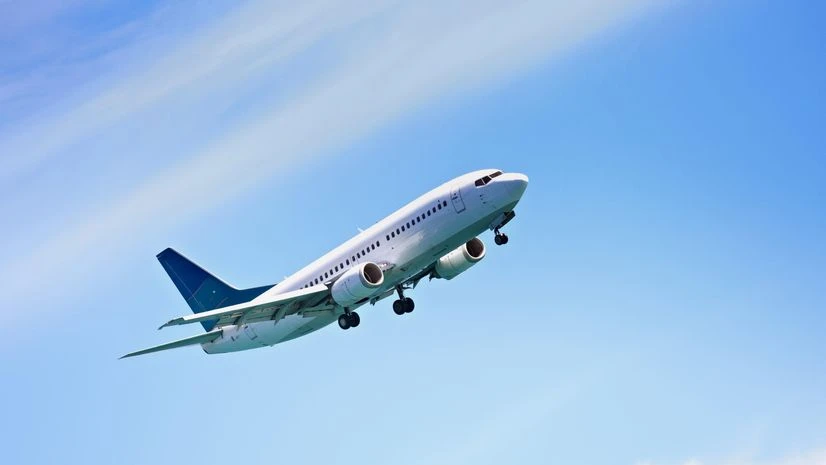Despite booming travel demand and a sharp increase in passenger numbers, Indian airlines are struggling to raise fares. According to data from the International Air Transport Association (IATA), domestic airfares have largely remained stagnant, often close to or even below 2015 levels. This has failed to keep pace with rising operational costs, including higher jet fuel prices and inflation, The Economic Times reported.
Stagnant airfares amid growing demand
The contrast between surging air travel demand and stagnant fares is stark. Passenger traffic has grown by over 62 per cent since 2015, reflecting India’s expanding middle class and improving air connectivity. However, airlines have been unable to capitalise on this demand by significantly raising prices.
The fare surge seen in 2023—when travel rebounded to pre-pandemic levels—was a temporary correction. As airlines returned to normal operations, fares once again failed to match inflation or rising costs.
In an interview, IATA’s Director General Willie Walsh noted that while there has been some correction in airfares, the increases are insufficient to cover mounting costs, particularly the sharp rise in fuel prices. “If prices haven’t kept up with inflation, airlines are not even covering their operating costs,” he said, adding that the aviation industry faces disproportionately high inflation compared to general economic conditions.
Competitive pricing pressures
Fierce competition in the market prevents Indian airlines from raising fares. Airline executives argue that even modest price hikes invite undercutting by competitors, as rival carriers aim to attract price-sensitive customers.
Despite market consolidation—highlighted by the closure of three airlines in the past decade and multiple mergers—profitability remains elusive. For example, Jet Airways’ closure resulted in a loss of capacity, but this was quickly replaced within nine months. Similarly, after Go First’s bankruptcy in 2023, carriers like IndiGo, Air India, and Akasa added over 90 aircraft to their fleets, absorbing the lost capacity.
More From This Section
IndiGo and Air India now dominate the domestic market, handling nine out of 10 domestic passengers. Yet, pricing remains sensitive. A fare difference of just Rs 200 can prompt passengers to choose alternative transport modes, such as trains.
Global consolidation vs India’s market dynamics
Globally, airline consolidation often leads to lower fares and greater efficiency, but these benefits have not materialised in India. IATA’s Walsh explained that larger airlines worldwide spread fixed costs over broader operations, enabling cheaper fares. However, India’s competitive market dynamics have stifled such gains.
An IndiGo executive pointed out that newer routes rely on price stimulation to convert train passengers into airline customers. Air India CEO Campbell Wilson echoed this, stating, “The competitive dynamics of aviation mean ticket prices must remain affordable to fill planes.”
Outlook: Profitability challenges ahead
Despite the challenges, experts remain cautiously optimistic about Indian aviation’s future. Aviation research firm CAPA predicts that profitability on domestic routes will become harder to achieve once supply-side constraints ease, especially if low-cost carriers like SpiceJet regain footing.
The Indian government’s push for regional international routes is expected to add further pressure. Over the next five years, airlines are set to deploy more than 250 new aircraft, significantly increasing competition on domestic and regional routes.
CAPA also warns that combined capacity expansion by IndiGo and Air India could outpace GDP growth, undermining consolidation benefits.
IndiGo, controlling over 60 per cent of the domestic market, reported a loss in the July-September 2023 quarter—its worst performance since March 2022. Rising costs, up 16 per cent during the period, outpaced fare adjustments.
IndiGo CEO Pieter Elbers cautioned that market consolidation will likely intensify competition. “The Indian market is one of the most price-sensitive in the world. Airlines must align fares with costs while addressing shareholder expectations,” he said.

)